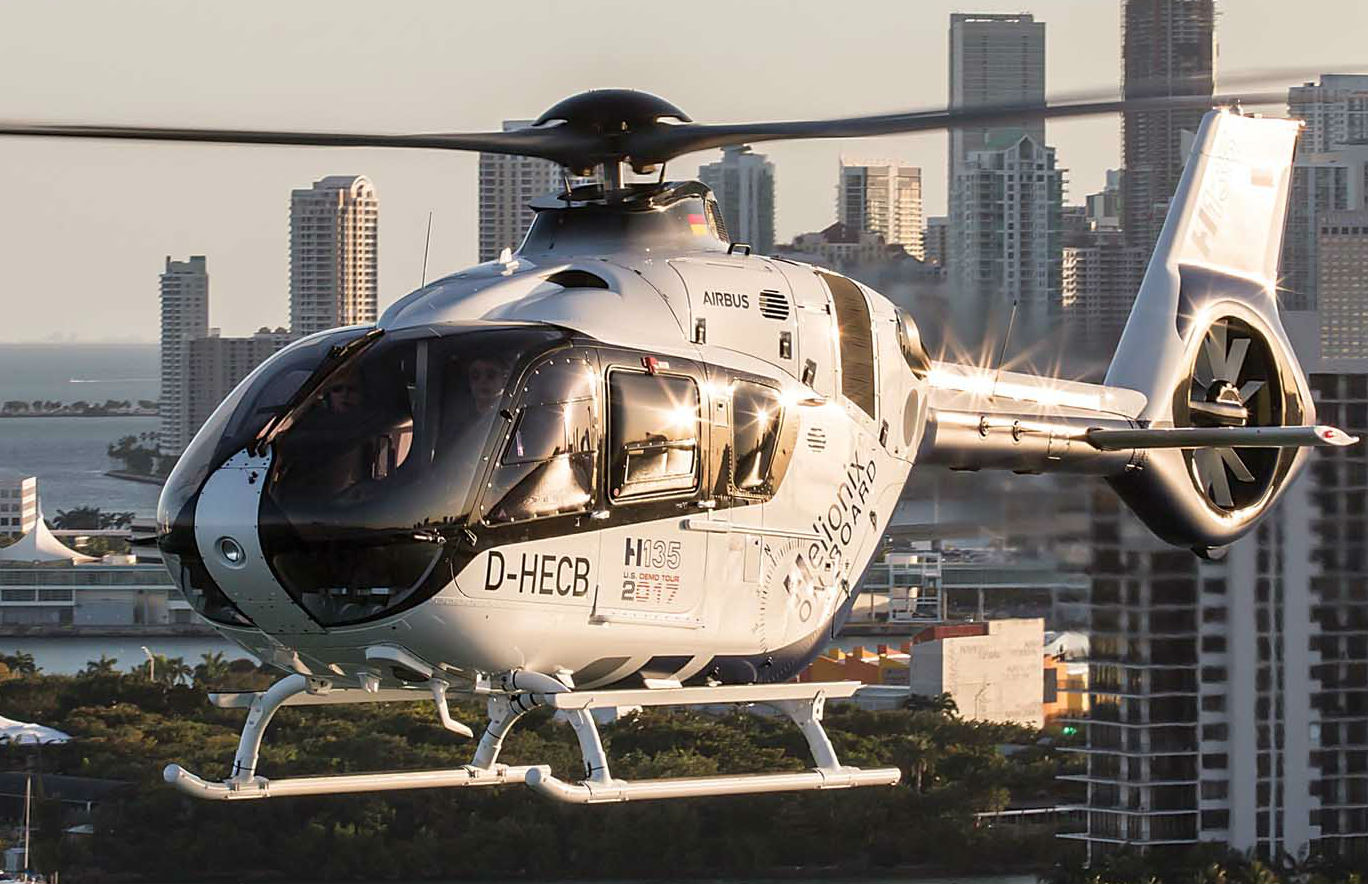Since its launch in the mid-1990s, Airbus Helicopters’ H135 line has seen success in almost every sector of the helicopter market. Developed by the company then known as Eurocopter (and still type certificated as the EC135), it quickly became the go-to aircraft for emergency medical services (EMS) operators, a mission that now accounts for 49 percent of type ownership. Several incremental upgrades have improved performance, load capacity, and most recently with the EC135 P3/T3, its hot and high capability.
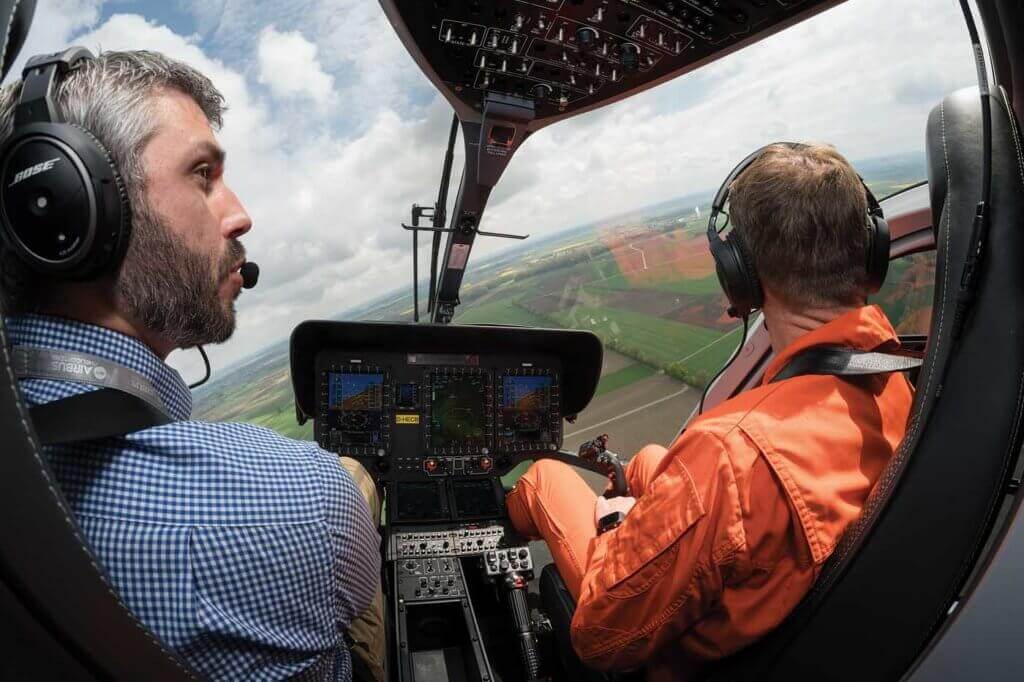
Now Airbus is integrating its proprietary Helionix avionics suite into the type, common to the larger H145, H175 and the forthcoming H160. The union brings an end to the ever-increasing alphanumeric type designations (the type is designated simply as the EC135H) and, according to Airbus, ushers in a new era of safety and intuitiveness in its “entry-level” twin.
Launched in 2014, the EC135 P3/T3 brought considerable upgrades in one engine inoperative (OEI) and hot and high performance, and was offered with Thales’ Avionique Nouvelle glass cockpit and center panel display system (CPDS). Barely three years later, that system finds itself being usurped.
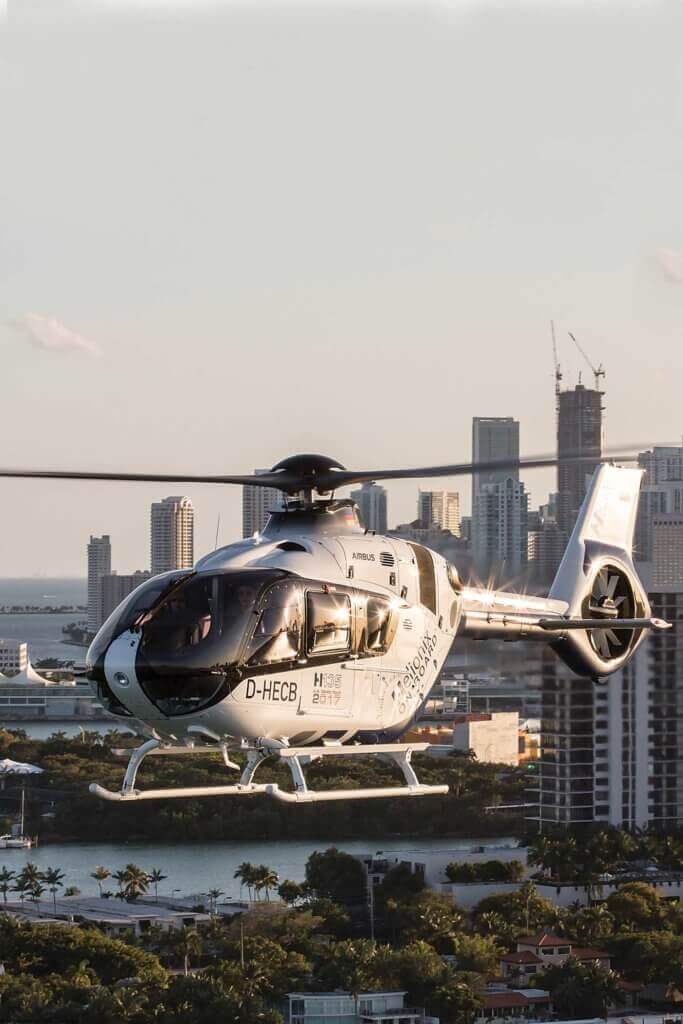
Having poured R&D euros into developing Helionix, it makes sense for Airbus to try to recuperate as much of that as it can by increasing its availability. According to Ralf Nicolai, sales promotion manager at Airbus Helicopters Deutschland, the integration of Helionix was driven by the need to improve safety. With ever more complex missions demanding more pilot capacity, priority had to be given to providing an intuitive interface with the aircraft and the protections necessary to allow the pilot to dedicate more concentration on the task.
Helionix also allows core customers to take advantage of new facilities such as the LPV (localizer performance with vertical guidance) approaches; and the addition of a four-axis dual-duplex autopilot opens up the light offshore role — a mission that continues to grow in Europe despite the contraction in the oil-and-gas sector, thanks to the advent of helicopter-enabled offshore wind turbine inspection.
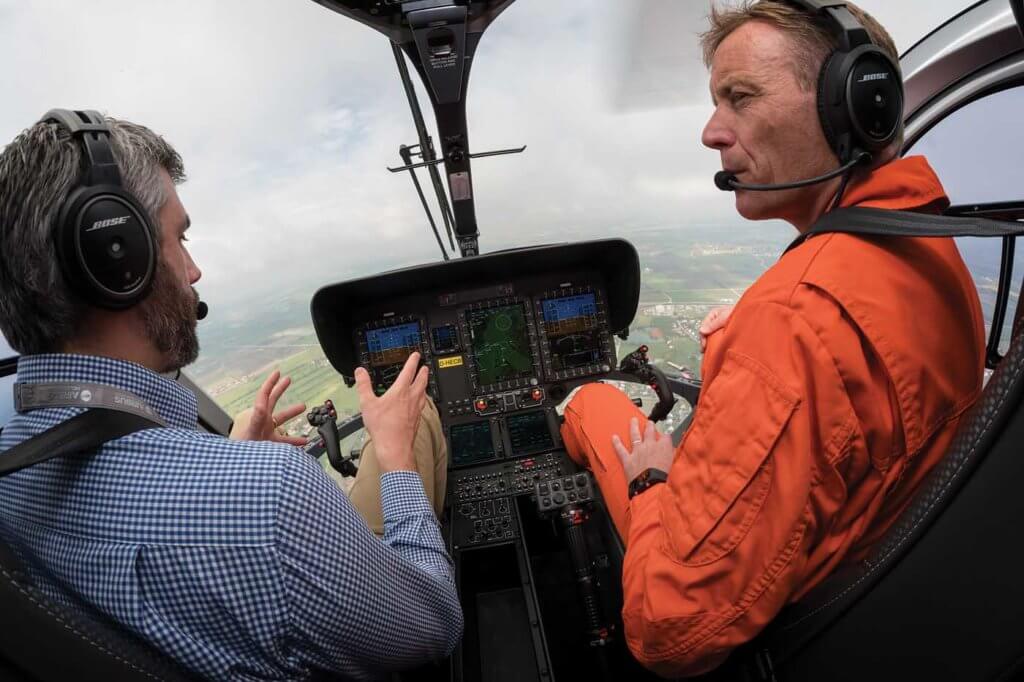
With innovation being something of a buzzword recently, it’s no surprise to see the manufacturer describing its own avionics suite as just that. But glass cockpits and autopilots are nothing new, and given the opportunity to fly a Helionix-equipped H135 in Donauwörth, Germany, I was curious about whether this integration brings anything really novel to a type that has been successfully carrying out its various missions for over three decades.
Putting it to the test
Given the performance and handling of the H135 series are well-documented, and the integration of Helionix provides no propulsion or capacity improvements, the focus of my flight was purely on the new display array and aircraft flight control system (AFCS).

During the (very brief) start procedure, Airbus Helicopters experimental test pilot Alexander Neuhaus explained the display layout. One flight navigation display (FND) is positioned in front of the pilot and two multi-function displays (MFDs) are located in the center and on the left. While the pilot’s FND layout is limited by the need to retain essential flight parameters, the indications on the other displays can be varied according to the mission. The left-most MFD can double as an FND for a pilot in the left hand seat, as it did for me throughout the flight. Although the “vehicle” page on the MFD will display all the system temperatures and pressures that pilots are used to monitoring, Helionix does away with the necessity to monitor that page by instead displaying an alert in white text below the PFD that describes divergent trends if they happen, well before a limit is reached. There is a tangible capacity benefit in not constantly having to scan across the cockpit to make sure your engines and transmission are performing nominally, and once you’ve got used to not having your Ts and Ps there, the urge to look at them eventually wears off.
In order to demonstrate the aircraft’s one engine inoperative (OEI) capability, we began with Neuhaus demonstrating a rapid OEI climb. Pressing the “train” switch under the center MFD accurately simulates a single engine failure, including transient Nr droop and slight yaw, but with full power still available if required. The first limit indicator is displayed on the power index tape, and as we entered the amber range above maximum continuous power, a small amber “pie” appeared and its slices began to fill, counting down our permitted two minutes in the range. Further collective pushed us into 30-second OEI power, with the pie becoming red. At 200 feet the point was made, and Neuhaus and simply double-clicked on the cyclic AFCS coolie hat and engaged the height hold on the collective, pinning the aircraft into a zero GPS groundspeed hover, still OEI. Deselecting “train” immediately reverts to normal operation, and electing the minimum height hold possible of three feet resulted in a leisurely descent at 300 feet per minute, well outside the vortex ring threat.
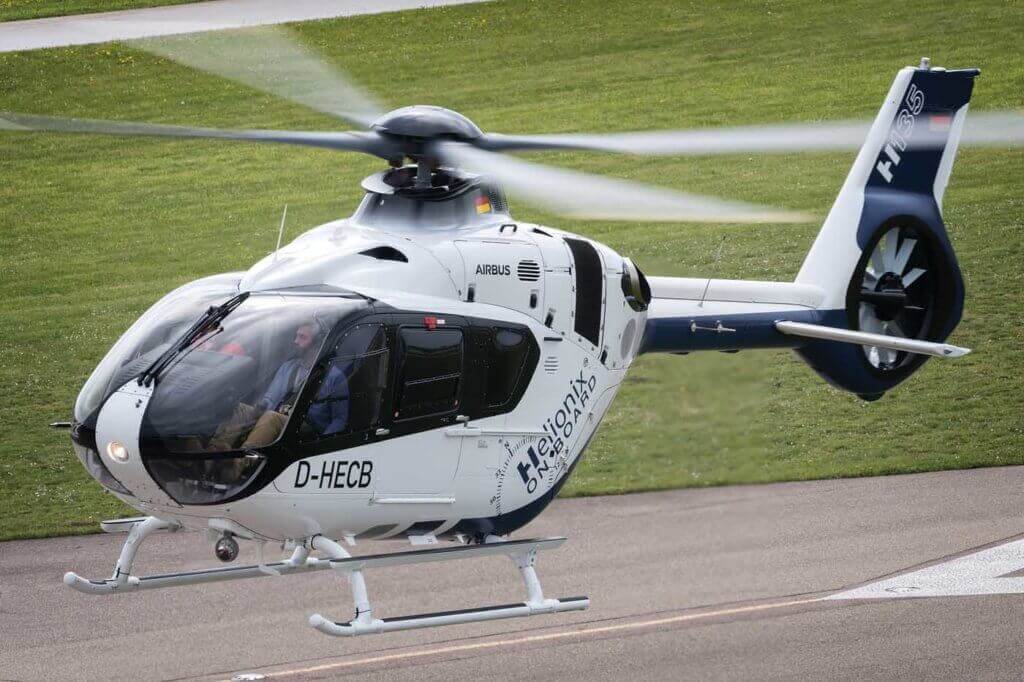
After “beeping forward” on the cyclic coolie hat to select an appropriate airspeed, Neuhaus allowed the autopilot to handle the transition to forward flight, and handed control of the aircraft to me. Breaking out of the autopilot (AP) hold to avoid some traffic crossing ahead of us was effortless, and banking the aircraft resulted in a coordinated turn without any pedal input or sensation of “fighting” the autopilot heading hold. Releasing the stick, the aircraft returned to the selected heading just as smoothly.
Maneuvering towards our nominated confined area, it was striking how easy the PFD was to interpret — even by somebody with little glass cockpit time and who is used to gauges rather than tapes. A single glance was enough to build sufficient situational awareness, allowing us to concentrate on the all-important lookout during our short visual flight rules (VFR) transit.
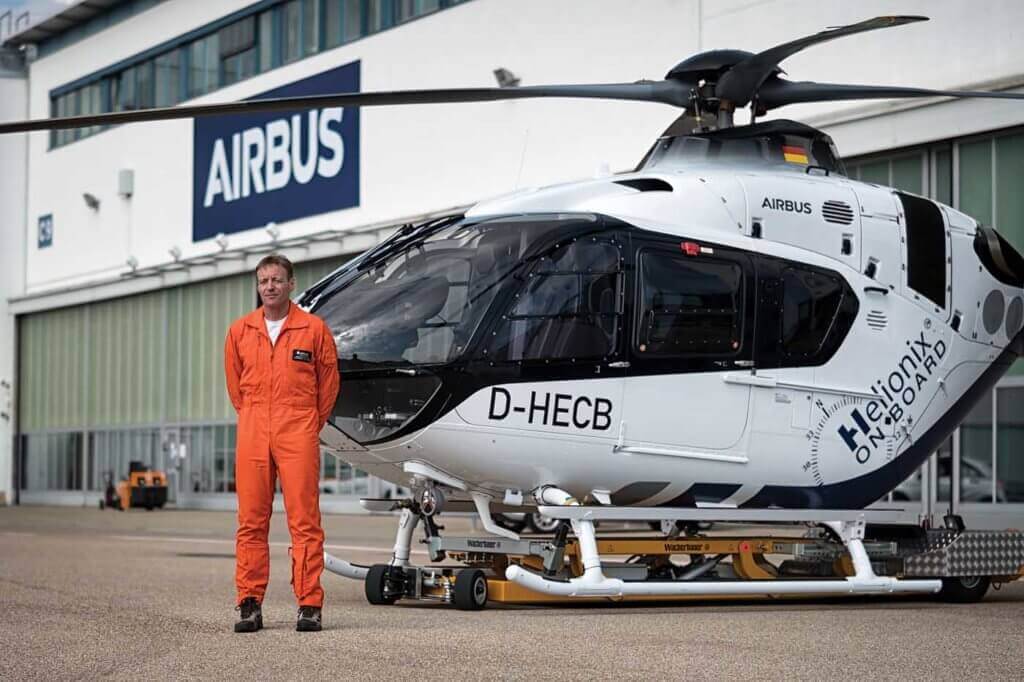
I released the aircraft from the AP and reverted to attitude hold for the descent. Glancing inside at the power index tape, a short white line showed me the point at which it estimated my Nf and Nr may decouple. I elected to approach downwind to see how the AP hover-hold would cope with a tailwind, and in the final stages of the approach, Neuhaus selected the MFD to show the feed from a camera in the tail. While it was reassuring to see the tail was not among the shrubbery, I’m not sure I’d want to rely on depth perception through a camera lens to judge my clearance.
Once in the OGE hover over the confined area, double-clicking the AFCS hat switch gave us the super-stable hover again, despite the wind’s subtle attempt to weather-cock us to the left. This particular mode will be well appreciated by those in parapublic roles that involve any time in a high hover over incident scenes. As for SAR or any precision work involving hoist operations, Helionix has another trick up its sleeve: one click on the AFCS hat and the aircraft moves obediently one meter in the appropriate direction.
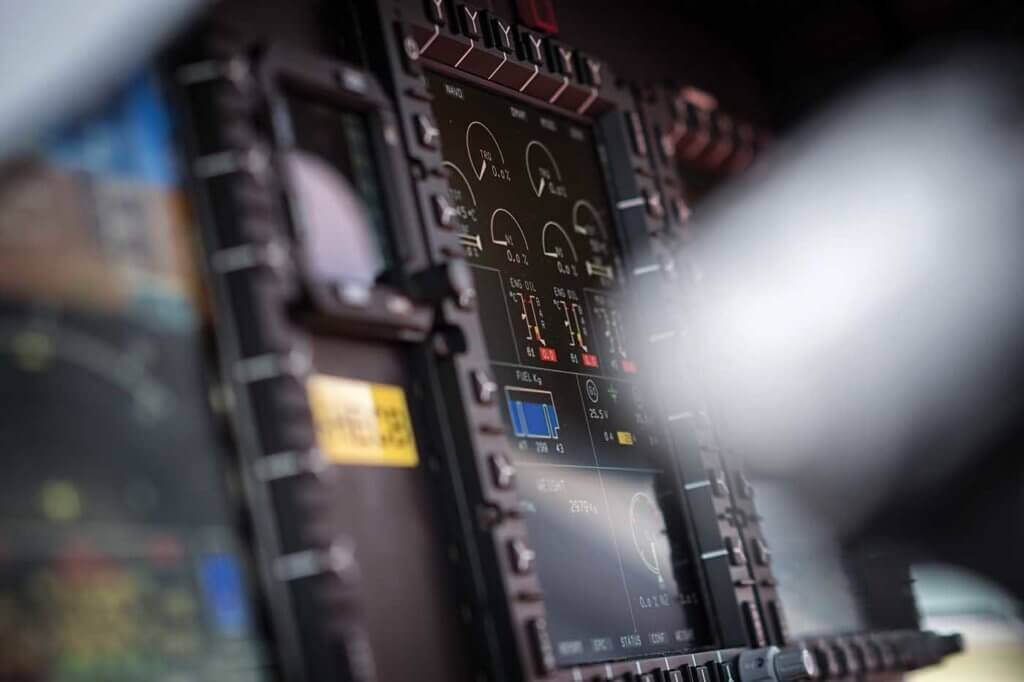
Departing the confined area while maintaining safe single-engine was simply a matter of keeping the power index indicator below the blue OEI line. Once back at altitude, I wanted to exercise the AFCS. We went from having all four upper modes engaged down to stab-out with hardly any change in attitude. No jolts, no alarming shuddering, in fact nothing at all to indicate that the AP had left the aircraft to its own devices. Except Helionix barking “AP Disconnect, Hands On,” which is a nice executive cue that might save more than your blushes one day. More impressively, engaging all four axes in a 45-degree AOB turn resulted in a gentle roll out onto the datum heading. No chance of any spilled champagne down the back.
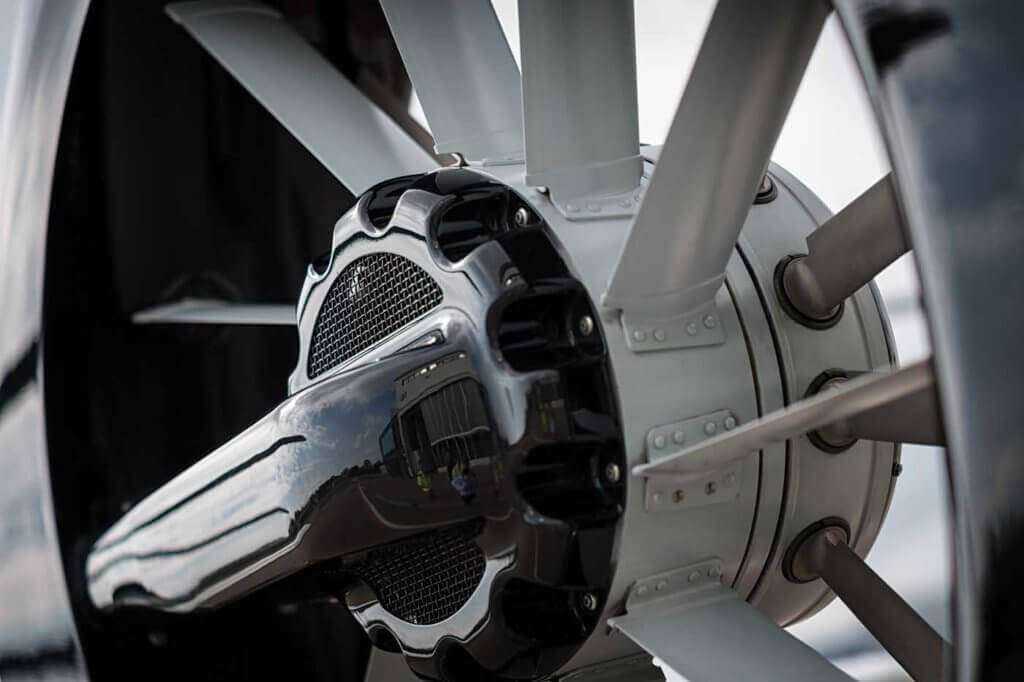
All that was left was to let the aircraft fly the LPV approach into Donauwörth, which at a shade over six degrees looks steep when you’re able to see out of the window. Predictably, after Alex had selected the approach on one of the inter-seat Garmin GNS750 consoles, the aircraft flew itself dutifully around the procedure.
Lightening the Load
So, aside from a thoroughly enjoyable hour in the skies above Bavaria, what does Helionix bring? Well, firstly there’s the obvious — it makes flying ridiculously easy, to the extent that anybody who cut their teeth on “less refined” machines might feel justifiably aggrieved.

Some might argue that in making Helionix the only option for its entry-level twin, Airbus is denying its customers choice. But I think this misses the point about this integration completely, and relies on the flawed assumption that the upgrades offered by the H135 with Helionix are primarily enhancements to its instrument flight rules (IFR) capability.
The ability to manipulate everything from the cyclic and collective is clearly aimed at pilots with a mission to achieve in fine weather or foul, but is intuitive enough that I had the measure of it within an hour. Once your muscles know where all the coolie hats are, you’ll be able to fly the aircraft instinctively and accurately, whatever the conditions — seamlessly transitioning from manual flying to the AP modes as the situation demands. While this might sound like a weapon in the IFR arsenal, it doesn’t really do anything in that environment that others don’t. Where it comes into its own is in a busy VFR mission where you can work the kit with your fingers, letting it keep you safe from the ground and hazardous flight regimes while you concentrate on what’s important: the mission and your lookout. The latter being immeasurably improved by the carefully considered layout of the PFD.
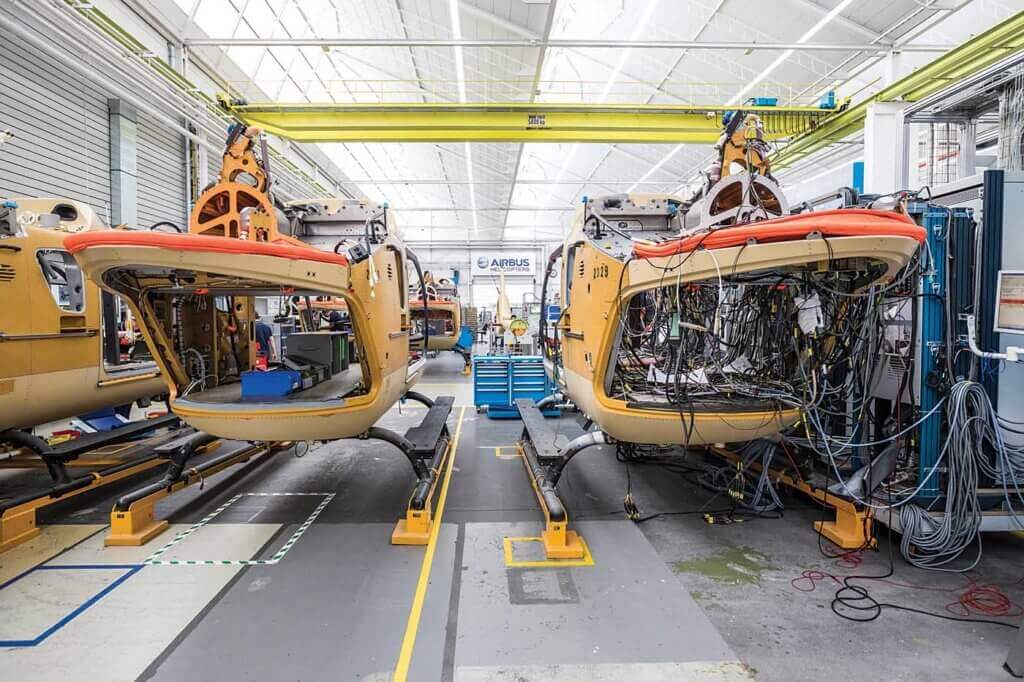
Airbus will doubtless feel the benefit of rationalizing disparate avionics suites, and their suppliers, into one package delivered in-house. And yes, for those looking for a new light twin from Airbus it’s Helionix or nothing — although it must be said that the cost is no greater than a P3/T3 with equivalent fit. Likewise, the company will certainly benefit from being able to open up the market to those wishing to operate a light twin offshore in all weather.
Buyers that can put the IFR and LPV capability to use stand to gain the most, and among those, Airbus’s EMS customers have been arguably best catered for, understandably. And operators who also have the H145 or H175 on their books will spend far less converting pilots between the types. Those buying the type for a comfortable ride between business engagements may feel less direct benefit — whether they will recoup the cost as a result of fewer champagne spillages is arguable. Perhaps the most gain will be felt by the pilots themselves — either their job is going to get easier, or they’re going to be able to do much more.





